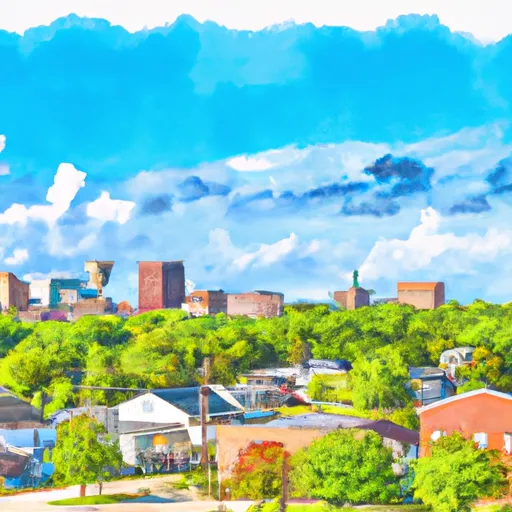°F
°F
mph
Windspeed
%
Humidity











Sherwood, Ohio is a small town located in the northwestern part of the state. The climate in Sherwood is classified as humid continental, with warm summers and cold winters. The average high temperature in summer is around 83°F (28°C), while in winter, it drops to around 34°F (1°C). The region experiences moderate rainfall throughout the year, with an average of 40 inches (102 cm) annually.
Hydrologically, Sherwood is situated near the Maumee River, which flows nearby. The river is a significant hydrological feature, providing water resources for the town and supporting various aquatic ecosystems. Additionally, Sherwood is surrounded by several small lakes and ponds, further enhancing the hydrological diversity of the area.
For outdoor recreation enthusiasts, Sherwood offers plenty of opportunities. The town is surrounded by picturesque natural landscapes, including forests, parks, and trails. Residents and visitors can enjoy activities such as hiking, camping, fishing, and boating in the nearby Maumee River and surrounding lakes. The serene environment provides a perfect setting for nature lovers to explore and unwind. Whether it's a leisurely walk through the forest or an adventurous boating trip, Sherwood's outdoor recreation opportunities cater to a variety of interests.
Weather Forecast
Sherwood receives approximately 929mm of rain per year, with humidity levels near 79% and air temperatures averaging around 10°C. Sherwood has a plant hardyness factor of 6, meaning plants and agriculture in this region thrive during a short period during spring and early summer. Most plants will die off during the colder winter months.
Nearby Snowpack Depths
7
Inches
Regional Streamflow Levels
1,150
Cubic Feet Per Second
24
Cubic Feet Per Second
939
Cubic Feet Per Second
462
Cubic Feet Per Second
Nearby Camping
| Camping Area | Reservations | Toilets | Showers |
|---|---|---|---|
| Swains Lake | |||
| Miami Whitewater Forest | |||
| Sleepy Hollow State Park | |||
| Harrison Lake State Park | |||
| Pleasant Lake |



